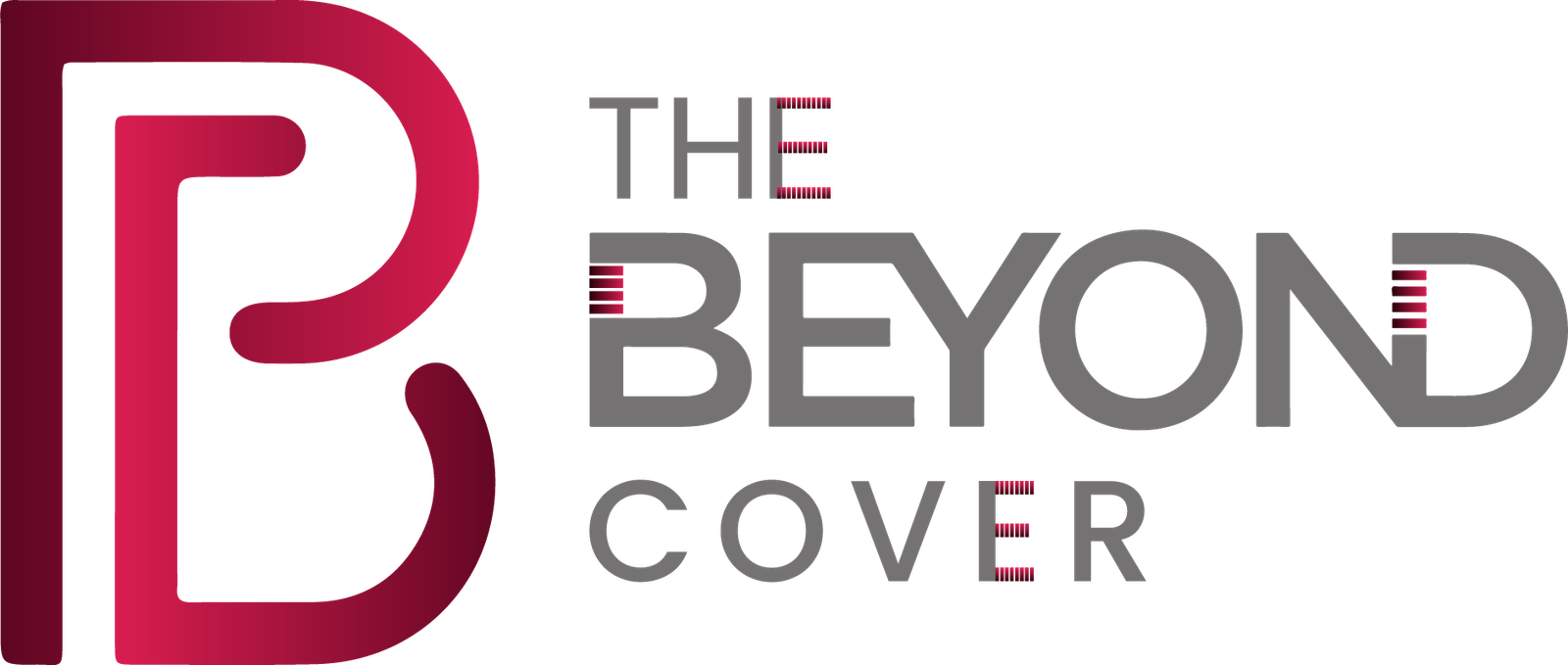In today’s ever-evolving digital landscape, businesses face the constant challenge of turning data into actionable insights. With massive amounts of data flowing in from various sources, the need for smarter, faster, and more adaptive analytics solutions has become more critical than ever. This is where predictive AI and traditional analytics come into play.
While both technologies serve the purpose of extracting value from data, they operate in fundamentally different ways. Understanding the distinction between predictive AI and traditional analytics can empower organizations to make better decisions, increase operational efficiency, and drive sustainable growth.
Let’s explore what predictive AI and traditional analytics are, how they differ, and when to use each for maximum business impact.
What Is Predictive AI?
Predictive AI is a cutting-edge technology that leverages artificial intelligence techniques—such as machine learning (ML), deep learning, and statistical modeling—to analyze current and historical data. Its goal is to forecast future outcomes with a high degree of accuracy.
By identifying patterns and trends in both structured and unstructured datasets, predictive AI can deliver real-time, data-driven insights that help organizations stay one step ahead of the competition. Unlike static models, AI-driven systems evolve continuously as they learn from new data inputs, making them dynamic and self-improving.
Some common applications of predictive AI include
Customer behavior forecasting
Sales and demand prediction
Fraud detection
Predictive maintenance in industrial systems
Personalized marketing campaigns
What Is Traditional Analytics?
Traditional analytics, also known as conventional or legacy analytics, is the original method of data analysis. It focuses primarily on structured data and uses established statistical methods like regression analysis, hypothesis testing, descriptive statistics, and time-series analysis.
The objective of traditional analytics is to answer two core questions:
“What happened?” (descriptive analytics)
“Why did it happen?” (diagnostic analytics)
This type of analytics is typically used for generating historical reports, compliance checks, and performance reviews. Though not as adaptive as predictive AI, traditional analytics is reliable, transparent, and easier to interpret—especially for organizations without advanced AI infrastructure.
How Are These Technologies Used in Business?
Applications of Predictive AI
Predictive AI shines in environments where real-time decision-making, automation, and scalability are essential. Businesses across sectors are adopting predictive AI to gain a competitive edge.
Here are some key use cases:
Ecommerce: Recommend products based on user behavior.
Finance: Detect fraudulent transactions and assess credit risks
Healthcare: Predict patient outcomes and personalize treatment plans.
Manufacturing: Optimize supply chains and prevent equipment failures.
HR and Talent Management: Forecast employee turnover and personalize learning paths.
Predictive AI utilizes advanced tools like Natural Language Processing (NLP), computer vision, and real-time big data analytics to deliver proactive solutions.
Applications of Traditional Analytics
Traditional analytics continues to serve as the backbone for basic business intelligence. Its simplicity and transparency make it ideal for routine tasks such as
Performance benchmarking
Budget tracking and financial reporting
Compliance audits
Operational summaries
Historical data reviews
Organizations with limited technical expertise or computational power often rely on traditional analytics for its ease of use and lower cost of implementation.
Predictive AI vs. Traditional Analytics: Key Differences
While both tools help businesses analyze data, they differ in methodology, scalability, adaptability, and overall impact. Let’s break down the primary differences:
1. Data Handling and Processing
Predictive AI: Can manage structured, semi-structured, and unstructured data from multiple sources. It uses machine learning to uncover hidden patterns in high-dimensional datasets.
Traditional Analytics: Works best with clean, structured data. It relies on predefined rules and manual exploration, which limits its ability to process complex or messy data.
2. Automation and Scalability
Predictive AI: Highly automated. Capable of processing large datasets with minimal human intervention. Once deployed, AI models continue to learn and improve.
Traditional Analytics: Involves manual data handling and human-driven analysis. Not easily scalable and can be time-consuming as data volume grows.
3. Predictive Power and Foresight
Predictive AI: Built for forecasting. AI models can predict future trends with high precision by learning from historical data. They are ideal for dynamic, fast-changing environments.
Traditional Analytics: Descriptive in nature. Offers limited forecasting abilities using static models like linear regression. Not suitable for real-time predictions or complex forecasting.
4. Complexity and Interpretability
Predictive AI: Often complex and less transparent. Some models operate as “black boxes,” making them harder to interpret without explainable AI (XAI) tools.
Traditional Analytics: Straightforward and easy to explain. Ideal for industries that prioritize transparency, such as healthcare, law, or finance.
5. Adaptability and Learning
Predictive AI: Continuously learns and adapts with new data. This self-learning ability keeps insights fresh and aligned with current trends.
Traditional Analytics: Static models require manual updates. Can quickly become outdated in volatile business environments.
6. Speed of Decision-Making
Predictive AI: Enables real-time decision-making by delivering instant alerts and actionable insights. Particularly valuable in time-sensitive industries like finance and logistics.
Traditional Analytics: Slower due to manual processing steps. May delay critical business decisions, especially during emergencies or market shifts.
Summary Table: Predictive AI vs. Traditional Analytics
Aspect | Predictive AI | Traditional Analytics |
Data Type | Structured, unstructured, high-volume | Primarily structured data |
Automation | Fully automated, minimal manual effort | Manual processes required |
Scalability | Easily scalable across big data systems | Limited scalability |
Forecasting | Accurate and dynamic future predictions | Limited, static forecasting |
Interpretability | Complex, may need XAI for transparency | Easy to understand and explain |
Adaptability | Learns and improves over time | Static unless manually updated |
Speed | Real-time insights and fast decision-making | Slower, multi-step decision process |
Choosing Between Predictive AI and Traditional Analytics
Deciding which approach to use depends on several factors:
Data Complexity: If your business deals with large, messy, or diverse data, predictive AI is better suited.
Resources: Smaller businesses or those with limited technical capabilities may benefit from traditional analytics.
Business Goals: For forecasting and long-term strategic planning, predictive AI offers greater value.
Compliance and Transparency: In highly regulated industries, the interpretability of traditional analytics may be preferred.
The best approach often involves a hybrid strategy—leveraging the reliability of traditional analytics for foundational reporting while using predictive AI for forecasting and agility.
The Future of Analytics: A Unified Approach
Rather than viewing predictive AI and traditional analytics as mutually exclusive, businesses should see them as complementary. Traditional analytics lays the groundwork with reliable historical insights, while predictive AI helps future-proof operations through intelligent foresight.
As data continues to grow in both volume and complexity, forward-thinking organizations are embracing both tools to create a more agile, insight-driven culture.
By striking the right balance between past-focused clarity and future-oriented adaptability, businesses can gain a comprehensive view of their data landscape—one that fuels smarter decisions, sharper strategies, and sustainable success.


























